Tags: Sun

Newly Discovered Asteroid 2023 NT1 Was Only Detected Two Days After It Made Its Closest Approach to Earth

Are 'Dark Stars' Real? James Webb Space Telescope Finds 3 Bright Objects That Are Possible Candidates
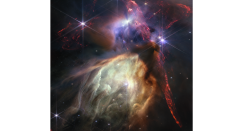
NASA's James Webb Space Telescope Captures the Birth of 50 Sun-like Stars on Its First Anniversary Observing the Universe
Ancient Supernova Explosion Almost Destroyed Our Infant Solar System, Study Suggests
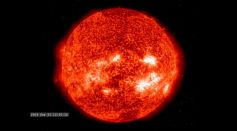
Dark Sunspot AR3354 Grows 10x the Earth's Size in Just 48 Hours, Unleashing X-Class Flare Causing Brief Radio Blackouts in the US
Sun Releases Powerful X-Class Solar Flare That Causes Intense Radio Blackout in Western US, Pacific Ocean [See Photo]

Vibrant Green Aurora-Like Streaks of Light Illuminating the Night Sky Could Become More Common as the Sun’s Activity Continues to Ramp Up

Jupiter-Like Exoplanet Defies Doom Even After a Cosmic Cataclysm at the Hands of Its Own Sun

Lunar Weather Explained: NASA Scientist Describes How the Conditions of the Sun Affects the Moon
Unusual Brown Dwarf Challenges Astronomical Boundaries Between Stars and Planets
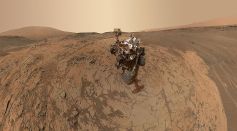
NASA's Curiosity Rover Snapped a Breathtaking Martian 'Postcard', Giving a Highly Detailed Photo of Mars
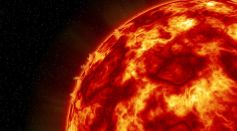
NASA's Parker Solar Probe Peers Into the Sun, Uncovers Source of Solar Wind
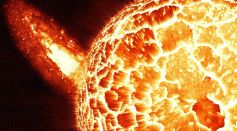
Solar Probe Traces the Origin of Intense Solar Winds, Giving Scientists the Closest Look Yet of How Fast They Are Generated
Colored Rings Around the Sun Captured in Finland; How Does Pollen Corona Happen?
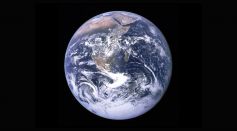
Is It True That 1.3 Million Earths Can Fit Inside the Sun? Science Enthusiast Debunks Previous Calculations
Massive Sunspot 4 Times the Earth’s Size Visible to the Naked Eye [See Photo]
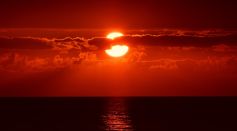
Up to 84 Wildfires in Canada Causing Unusually Bright Red Sun Across the US in the Past Week

Stunning Solar Close-Up Images Taken by Daniel K. Inouye Solar Telescope Showcase Intricate Details of the Sun
Giant Coronal Mass Ejection From Sun’s Southern Hemisphere Could Hit Earth’s Magnetic Field, Cause Geomagnetic Storms
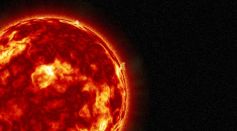
Solar Storm Early Warning System? AI, NASA Satellite Data May Provide 30-Minute Notice For Dangerous Space Events
Most Popular

Persistent Coughs Are Everywhere: Here's What Experts Think Is Causing It

Ancient Hotspot Found to Have Created Great Lakes 300 Million Years Ago

Mysterious Structures Discovered Beneath the Pacific Ocean, Puzzle Scientists

Health Benefits of Drinking Hot Chocolate





